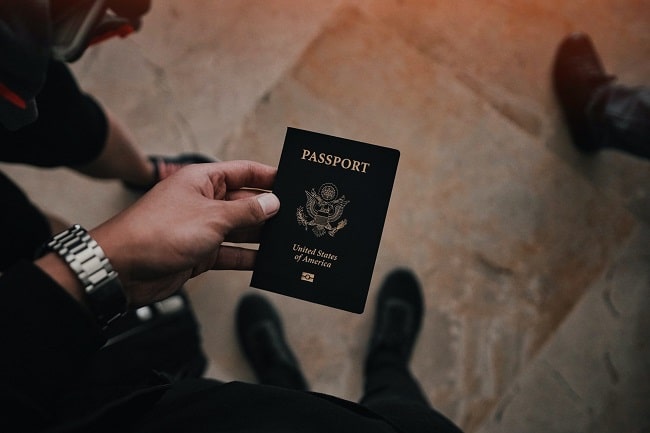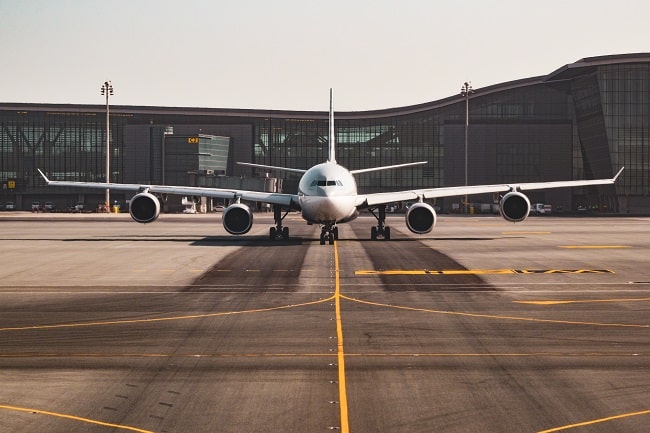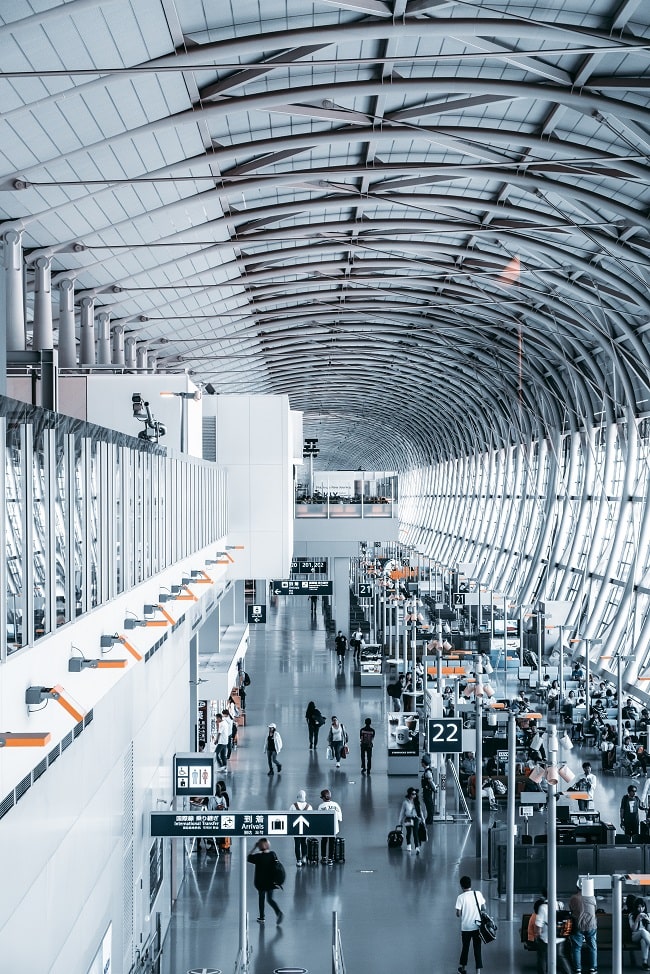1
HOME > Travel >
ALL TO KNOW ABOUT VISA-ON-ARRIVAL, VISA-FREE TRAVEL & E-VISA
Written by Menswear Style in Travel on the 14th June 2021

Visiting foreign countries is a valuable opportunity to explore new countries and cultures, meet people with different backgrounds and experiences, and encounter the scope of business. Despite its blessings, the process of traveling abroad isn't easy. You will require a visa to visit many countries, even for a short stay. This might mean long queues at embassies and consulates, and it takes time to obtain required documents. Every country has its own visa policy that you should know before planning for a trip and explore what its benefits are.
Visa-on-Arrival
A visa-on-arrival is issued when a visitor arrives in a country. Government authorities of that country will usually check your passport and charge a fee before issuing documents. Some countries also take biometric data such as photos and fingerprints to confirm the identity of visitors and verify their immigration and criminal records. Like a regular visa, the visa-on-arrival is printed on the passport, so the passport must have enough blank pages to be stamped. The whole process takes place at the entry point to the country you arrived at, like airports and any other international ports. If the country you want to travel to does not offer visa-on-arrival facilities, for instance, when crossing the border by land, the visitor must have obtained a regular visa.

Benefits of visa-on-arrival
Obtaining a visa-on-arrival is easier than getting a regular visa because all the necessary steps are completed in one place, and the applicant does not need to visit the country's consulate or embassy beforehand. However, some countries may require additional proof of return or further travels, hotel reservations, and evidence of sufficient funds. Visa-on-arrival facilities are usually separated from immigration control. It can be said that the official who receives the payment and issues the visa is different from the official who allows visitors to cross the border. Hence, there is little chance of corruption in the process.
Visa-free travel
Visa-free travel allows passport holders to enter a country without a visa. But, they still have to go through immigration control, where their passports are checked for validity and might be stamped in the process. Countries like Japan and the United States only stamp their passports when they enter the country, while other countries like Singapore and the United Arab Emirates also stamp their passports when they leave the country. On the other hand, countries like Hong Kong and Israel have completely removed passport stamps and replaced them with entry forms for tourists, which are generally not required when leaving the country.

Benefits of visa-free travel
Visa-free travel allows tourists to travel as they please, without prior planning or collecting documents. More specifically, this means that entry to these countries is free, unlike those where you have to pay for a visa. In fact, traveling without a visa is one of the main benefits of dual citizenship, and different countries extend this right to specific countries, not to all countries. Therefore, having a second passport allows you to travel without a visa, while your first passport does not. For example, American citizens need a visa to enter Cuba, while Antigua and Barbuda passport holders don’t. Although there are many benefits of visa-free travel, visitors should not prolong their stay in any country. Even people entitled to visa-free entry can only stay in a country for a limited period, usually 15 to 90 days, and sometimes within a specific period of 180 days or a year. Overstaying without a permit is an immigration offense that can lead to civil or criminal charges and prohibit future travel to that country.
e-Visa
The electronic visa or e-Visa is stored in the computer and associated with the passport number, so no labels, stickers, or stamps will be required on the passport before traveling. The application is made online, and the receipt generally acts like a visa that can be printed or stored on a mobile device.

Benefits of e-Visa
The electronic visa allows the management of the visa application process to be carried out virtually. Every process is completed with the help of the internet— submitting visa applications and supporting documents online, payment is implemented online, and the decision on the application is communicated thoroughly online. The best role-model of e-visa services are implemented by Turkey, Georgia, Australia, and New Zealand. The embassies can save precious working hours like the Moldovan Embassy that saved 163-196 hours or 20-24 working days on administrative issues related to the visa process. On the other hand, E-visa applicants from Moldova saved at least 38,200 Euros in transportation costs because foreigners who obtain e-visa do not have to go to the Moldovan embassy in another country.
Trending
2
3
4
5
6
7
8
9
10









